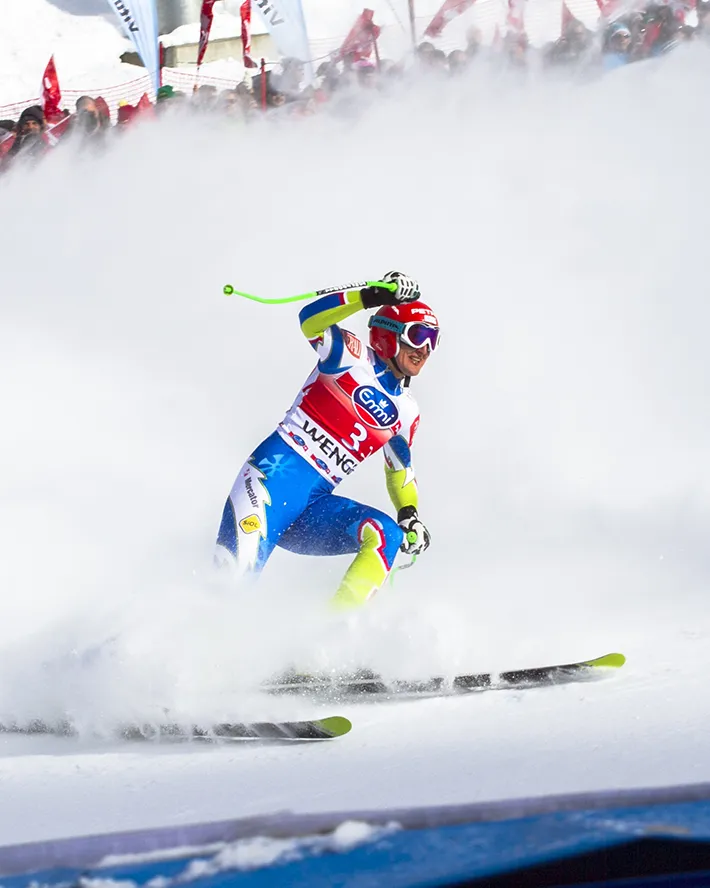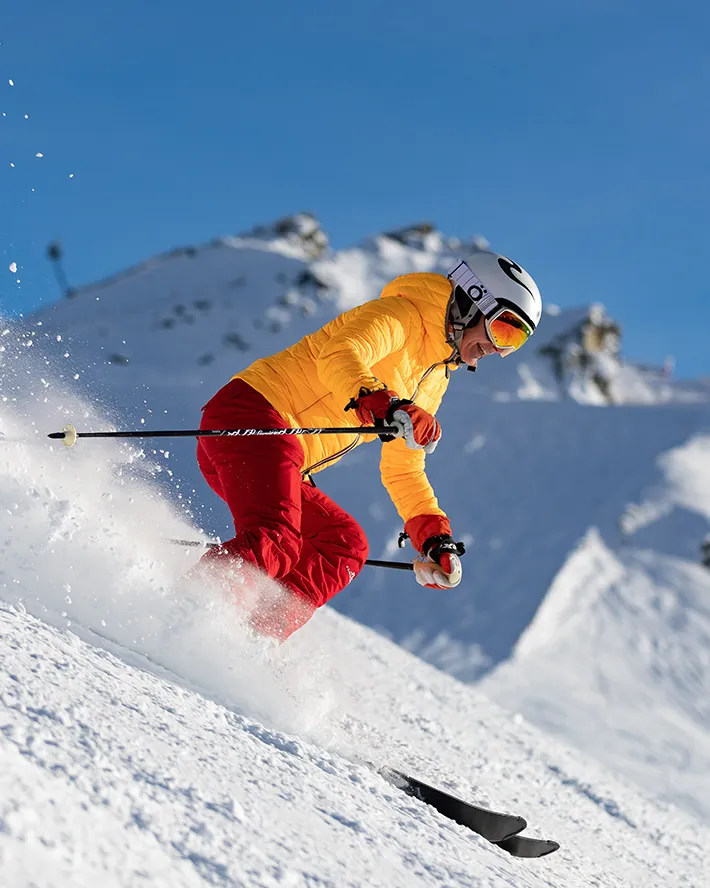Ski racing has a rich history dating back to the early 20th century, when the sport first began to gain popularity in Europe and North America. Over the years, many legendary ski racers have emerged, pushing the boundaries of what was thought to be possible and leaving a lasting impact on the sport. In this blog post, we will take a look at some of the pioneers who changed the game and helped shape the sport of ski racing into what it is today.
First step on the BASI ladder
When I was a student in the 1980s (for any youngsters reading, they paid you to go to University back then) I used to make a bit of extra money by ski instructing at Glasgow Ski Centre. It was great fun. But then along came insane working hours as a junior doctor, family, career etc, and it just wasn't feasible to keep it up. Twenty five years on the kids are doing their own thing and I've got more time on my hands, so I decided to revisit this. I booked myself on to the British Association of Snowsports Instructors (BASI) level 1 Alpine course. Strictly speaking this is probably a lower level qualification than the one I had as a student, but having been out of the game for so long I thought it best to start from scratch . You can do the Level 1 course on a mountain, but for cheapness and as an excuse to visit Glasgow again, I did it at the indoor snow slope at Braehead (now called Snow Factor, but used to be Xscape).
The couse had 10 trainees, lasted for 5 days, pretty much 9-5, and contained a mixture of on-snow and classwork. The trainees were quite a mixed bunch- a few young racers, a couple of outdoor instructors from Aviemore in their 20s, one or two students preparing for a gap year, and a smattering of older guys (guilty). As you'd expect there was quite a range of skiing ability, from pretty high end technical racer to reasonable level recreational skier. Typically we spent a couple of hours a day on theory and about 5 hours on the snow. The theory sections were actually very interesting. They covered the fundamental elements that BASI consider go to make up good skiing (things like posture, the different ways to turn the ski, speed control and line choice), as well as having a strong focus on what BASI term "the central theme", a slightly odd term for the different stages, such as plough turn, plough parallel etc., through which learners are taught as they progress towards parallel skiing. There's also a strong emphasis on understanding some of the basics of effective teaching and the ways in which different people like to learn. The theoretical work on teaching was translated onto the snow, where each of us had to deliver a 30 minute teaching session on one of the central theme components- one of those areas where being older with a bit of life experience helps, I think.
The on-snow training consisted of two main elements- practicing the central theme and personal performance, roughly in the ratio 2:1. As we worked through the central theme, we practiced basic sliding, snowplow sliding, plough turns, the evolution of plough parallel and finally basic parallel turns. This was helped by video analysis, which I found very useful. Personal training was focused on piste performance, where we divided the time between long and short radius turns. As I mentioned above, the range of personal ability was quite wide and I was very impressed by the way the trainer could tailor the tasks so that we were all challenged just enough (which I learned is termed an "inclusive" style of teaching). I was also very impressed by the really constructive learning climate that the trainer made- I never really felt that I was being critically assessed, it felt much more like the week was all about each of us making as much improvement as possible.
The week finished up with a debrief, where we were told whether we'd passed (I'm glad to say I did, and I think everyone on the course did) and given a few pointers for further development. Before you can get the full qualification, there are a number of other steps to take; 35 hours snowsports experience, attending a first aid course (I'm hoping I'll be exempt) and completing a short online safeguarding children module. I'm busy doing my snowsports experience, so hopefully I'll be sorted by the end of the season.
So overall, I'd say it was a great experience. I refreshed some old skill and learned some new ones and I think my personal skiing probably improved as well. I'm keen to go on to do the level 2, so maybe I'll write about that later this season or more likely next season. If you want to look into this yourself, check out the British Association of Snowsports Instructors website.
If you're not sure if you're skiing is at the right level, check out the BASI video below, which will give you some idea.



